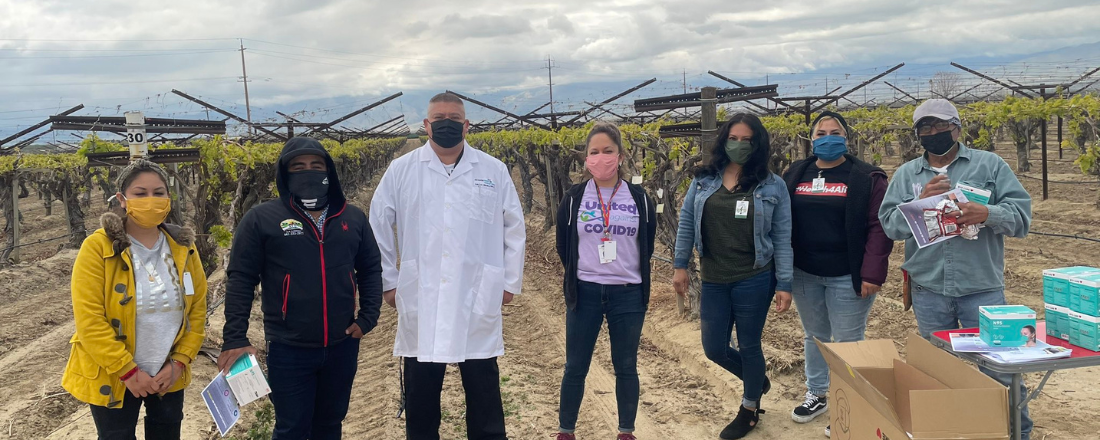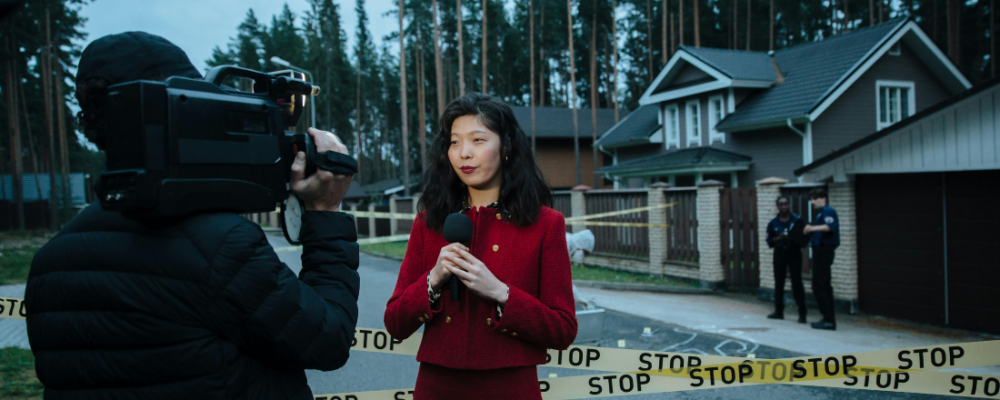
Talking About Recovery from COVID: How Public Health Practitioners Can Emphasize Equity
-
Focus Areas
Healthy Communities -
Expertise
Media Advocacy & Communications -
Programs
Berkeley Media Studies Group -
Strategic Initiatives
COVID-19, Vaccine Access & Equity

What might a truly equitable and just recovery from the COVID-19 pandemic look like? How can we build support for a robust public health infrastructure—which advocates and practitioners have long called for—so that all people have access to quality housing, child care, public transportation, and other social factors that benefit health? And what opportunities exist amid the pandemic to invest in a healthier California and address the many long-standing structural, racial, and social inequities that the pandemic has exacerbated?
To identify opportunities to elevate public health perspectives on an equitable recovery from COVID, PHI’s Berkeley Media Studies Group (BMSG) researched news about recovery from the pandemic. BMSG then combined findings with additional communication research and experience working with community advocates and local health departments, to offer recommendations to strengthen communication about a just and equitable recovery—and the role that public health must play.
Explore the full study
In addition, BMSG also released Shaping news narratives to support a just recovery from COVID, a printable, two-page checklist which shares the report recommendations to help public health practitioners and their partners shape recovery efforts in ways that center racial and health equity.
Download the Media Advocacy Checklist
Key findings
Overall, public health practitioners’ voices are lacking in news coverage about how we will recover from the largest public health crisis of our time; that absence is especially stark when we consider how many equity-focused solutions could be relevant to this news coverage that go well beyond masks and vaccines.
- Most news articles framed the COVID-19 pandemic as an unexpected, isolated event rather than a crisis that exacerbated pre-existing inequities.
- Solutions focused on “getting back to normal” by supporting businesses, a narrow economic frame that neglects housing, paid sick leave, child care, reducing the number of people who are incarcerated, and other social determinants of health that present opportunities for rectifying inequities.
- News about the pandemic recovery often personified the economy, using language that portrayed it as a force of its own, rather than an entity connected to policy decisions that we can intervene on.
“Our findings show that advocates can use tactics like planning newsworthy moments to generate coverage, developing a diverse mix of spokespeople who can discuss pandemic recovery through the lens of personal experience, elevating root causes of inequities, showing how abstract policies and industry practices affect real people, and using asset-based framing that illustrates what we can do, instead of focusing on what we can’t.”
Recommendations
- Recommendation #1: Frame recovery in terms of people and public health, rather than using a strictly economic frame.
- Action #1: Avoid language that personifies markets, sectors, or industries. Instead, name the people who make up the industries and economy, such as workers or corporate executives. Messages should focus on the power of public health to achieve health equity, which encompasses economic well-being but goes beyond supporting industries and the status quo.
- Action #2: Be precise in defining “small businesses” and why they matter for health. Make the people who keep the local economy moving visible in discussions of small businesses.
- Recommendation #2: Name specific solutions that elevate equity.
- Action #1: Elevate the root causes of inequities and talk about equity-focused solutions.
- Action #2: Emphasize the necessity and promise of investing adequately in public health instead of a “return to normal.”
- Action #3: Frame for abundance, not scarcity
- Recommendation #3: Prepare public health and community messengers
- Action: Develop and support a robust and diverse messenger mix.
- Recommendation #4: Generate media attention for a just recovery
- Action #1: Build relationships with local reporters, and provide resources to support the communication capacity of organizations in smaller media markets, where news outlets are often an untapped resource.
- Action #2: Plan for newsworthy moments.
- Action #3: Use opinion space.
Originally published by Berkeley Media Studies Group
Work With Us
You change the world. We do the rest. Explore fiscal sponsorship at PHI.
Support Us
Together, we can accelerate our response to public health’s most critical issues.
Find Employment
Begin your career at the Public Health Institute.


